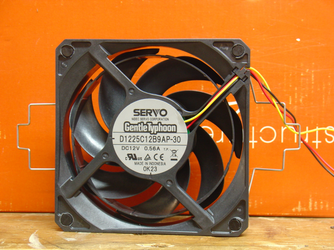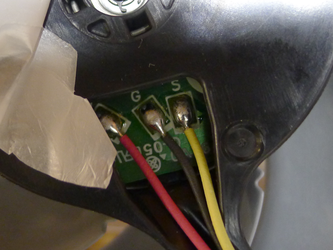- Joined
- Nov 1, 1998
What if you want to control the speed of your high-speed Gentle Typhoon fan? Maybe you’re tired of it going full-blast all the time. It is quite noisy after all… What to do? You could buy an expensive fan controller, but there is a better way. Actually, there are a couple of better ways, and they involve a hidden capability of your high-speed Gentle Typhoon’s PCB.
... Return to article to continue reading.
Last edited by a moderator:




